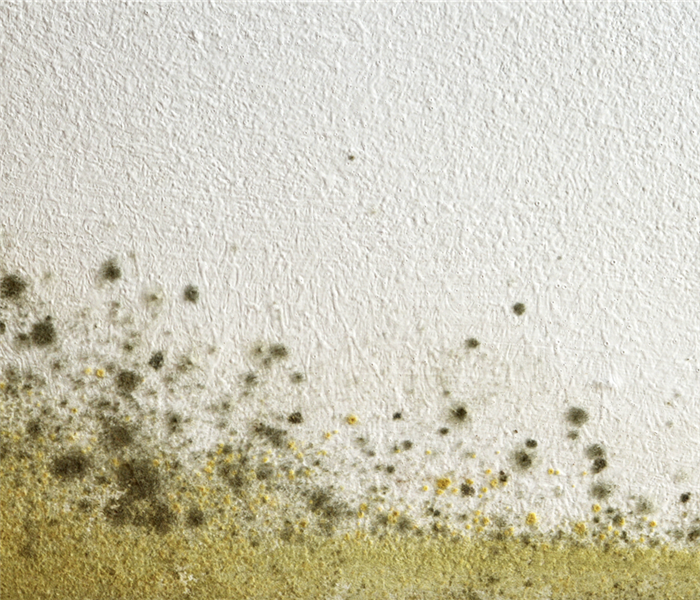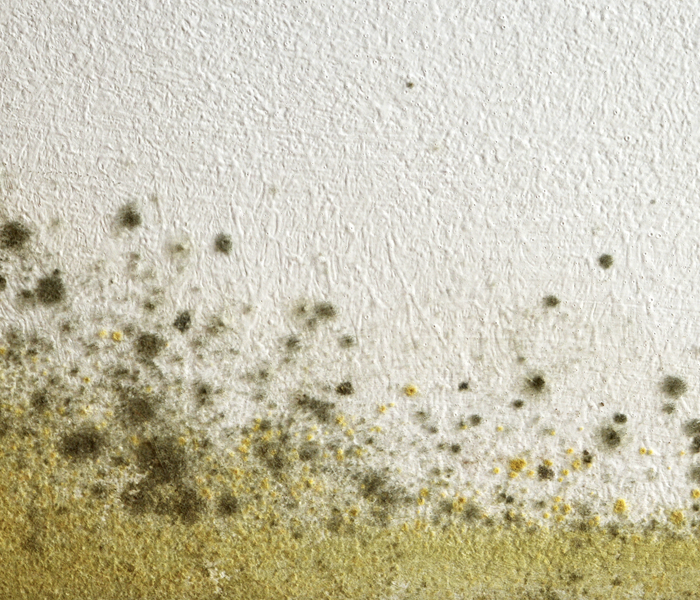How to Prevent Mold in Household Plants
11/8/2023 (Permalink)
 If you detect mold growth, remove affected areas promptly and adjust your care routine accordingly.
If you detect mold growth, remove affected areas promptly and adjust your care routine accordingly.
In New Hyde Park, NY, our love for indoor plants knows no bounds. They not only add a touch of nature to our homes but also contribute to a healthier indoor environment. However, one challenge plant enthusiasts may face is the potential for mold growth in and around their beloved green companions. In this blog, we will provide you with valuable insights and practical tips to ensure your indoor plants and home remain mold-free and thriving.
- Choose the Right Potting Mix
Opt for well-draining potting soil that helps prevent excess moisture around the roots. A mix designed for your specific plant type can promote healthier growth while reducing the risk of mold.
- Use Proper Drainage
Ensure your pots have drainage holes to prevent water from accumulating at the bottom. Overly wet soil can create an environment where mold thrives. Elevating pots on saucers or using pot feet can also help improve drainage.
- Avoid Overwatering
One of the most common causes of mold in potted plants is overwatering. Only water your plants when the top inch of soil feels dry to the touch. Be sure to empty the saucer beneath the pot after watering to prevent standing water.
- Promote Air Circulation
Good air circulation is essential for preventing mold growth. Position your plants with enough space between them to allow air to flow freely. Using a small fan can also help improve air circulation.
- Prune and Trim Carefully
Remove dead or decaying plant matter promptly to prevent mold from spreading. Be cautious when pruning and avoid leaving cuttings or debris on the soil's surface.
- Use Sterile Tools
When transplanting or repotting, ensure your tools are clean and sterile. This helps prevent the introduction of mold spores into the soil.
- Keep Humidity in Check
While some plants thrive in humid conditions, excessive humidity can encourage mold growth. Use a hygrometer to monitor humidity levels in your home and adjust as needed.
- Choose Mold-Resistant Plants
Some plant varieties are naturally more resistant to mold than others. Research and select plants that are less prone to mold issues for your indoor garden.
- Inspect for Mold
Regularly inspect your plants and soil for any signs of mold. If you detect mold growth, remove affected areas promptly and adjust your care routine accordingly.
- Quarantine New Additions
When introducing new plants to your collection, quarantine them for a few weeks to ensure they are mold-free before integrating them with your existing plants.
Indoor plants can bring beauty and tranquility to your New Hyde Park, NY, home. By following these practical tips and maintaining a watchful eye on your greenery, you can create a healthy and mold-free environment for both your beloved plants and your family. Should you ever encounter mold issues that require professional attention, SERVPRO® of New Hyde Park/Mineola is here to help. Our experts are trained to handle mold remediation efficiently, ensuring a safe and mold-free living space for you and your indoor garden.
Mold in Rental Properties: Responsibilities of Landlords and Tenants
5/30/2023 (Permalink)
 When it comes to mold in rental properties, understanding the responsibilities of both landlords and tenants is crucial.
When it comes to mold in rental properties, understanding the responsibilities of both landlords and tenants is crucial.
When it comes to mold in rental properties, understanding the responsibilities of both landlords and tenants is crucial. Mold growth can pose serious risks and cause property damage, making it essential for all parties involved to address the issue promptly. In this blog, we will discuss the responsibilities of landlords and tenants regarding mold prevention, detection, and remediation, ensuring a safe and healthy living environment for everyone.
Landlord's Responsibilities:
As the property owner and landlord, you have certain obligations to ensure the rental property remains free from mold and provides a safe living environment. Here are the key responsibilities you should be aware of:
Regular Property Maintenance: It is the landlord's responsibility to maintain the property properly, including addressing any issues that may contribute to mold growth, such as leaks, plumbing problems, or inadequate ventilation.
Timely Repairs: Landlords should promptly address any reported leaks, water damage, or plumbing issues that could potentially lead to mold growth. Timely repairs and maintenance can help prevent the conditions that foster mold development.
Providing Adequate Ventilation: Proper ventilation is essential for controlling moisture levels and preventing mold. Landlords should ensure that rental properties have adequate ventilation in areas prone to moisture accumulation, such as bathrooms, kitchens, and laundry rooms.
Educating Tenants: Landlords should provide tenants with information on mold prevention, early detection, and proper maintenance practices. This can include guidance on proper ventilation, controlling moisture, and promptly reporting any signs of mold growth.
Tenant's Responsibilities:
Tenants also play a significant role in mold prevention and maintenance of rental property. Here are the key responsibilities tenants should be aware of:
Regular Cleaning and Maintenance: Tenants should keep the rental property clean and undertake regular maintenance tasks. This includes promptly reporting any leaks, water damage, or plumbing issues to the landlord.
Proper Ventilation and Air Circulation: Tenants should ensure that the property is adequately ventilated, utilizing exhaust fans during activities that generate moisture, like cooking or showering. Opening windows when weather permits can also help improve air circulation.
Preventing Excessive Moisture: Tenants should take precautions to prevent excess moisture buildup, such as wiping down condensation on windows, using bathroom fans while showering and properly using and maintaining appliances like clothes dryers.
Reporting Mold Concerns: If tenants notice any signs of mold growth, such as musty odors, visible mold, or unexplained health issues, they should promptly report the concern to the landlord. Early detection and intervention can help prevent further damage and health risks.
Collaboration and Communication:
Open communication and collaboration between landlords and tenants are vital for addressing mold issues effectively. Both parties should promptly respond to each other's concerns, working together to resolve any mold-related problems. Documenting communication and any remediation efforts can help ensure transparency and clarity.
Mold prevention and remediation in rental properties require the joint efforts of landlords and tenants. Landlords must fulfill their responsibilities by maintaining the property and addressing maintenance issues promptly, while tenants should take preventive measures and report any mold concerns. By working together, both parties can create a safe and healthy living environment, reducing the risks associated with mold growth.



 24/7 Emergency Service
24/7 Emergency Service

